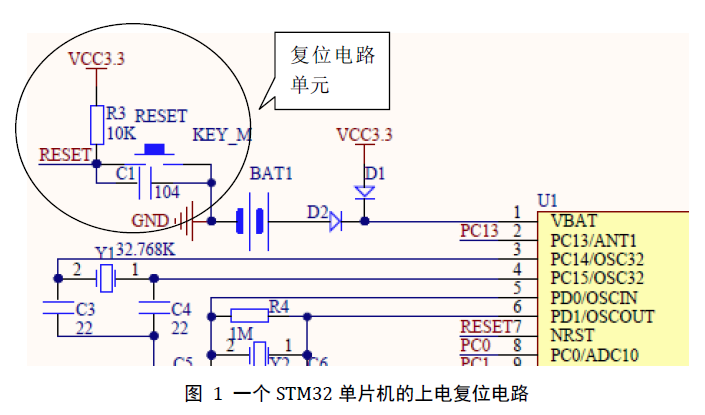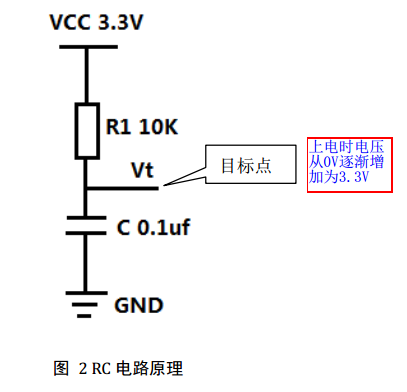Calculation of power on time in RC resistance capacitance power on reset circuit developed by Dongguan single chip microcomputer
Calculation of power on time in RC resistance capacitance power on reset circuit developed by Dongguan single chip microcomputer
This paper introduces a calculation method of RC circuit time.
Wen shaou
I often do the project about the development of single chip microcomputer system and its circuit board here. In many single chip microcomputer minimum systems, a very important circuit unit is the power on reset circuit, such as 51, STM32F103 single chip microcomputer, etc. In the past, I didn't think much about the design. Just follow the circuit recommended by the manufacturer. There was no problem and the effect was good.

However, I recently saw a material about the introduction of RC power on reset circuit and the calculation of the time when the voltage of the circuit rises to a certain point. I think it is very useful. For example, for the single chip microcomputer, if the reset time is too long and there are other peripherals, such as the display screen, it may cause the display screen to flash after startup, which gives the user's experience is not very good. Therefore, I'd like to share the calculation method of the time when the voltage reaches a specific point in this RC circuit, so as to facilitate the design of designers or electronic enthusiasts.

In this RC circuit, at the beginning of connecting the power supply, due to the instability of the power supply and the isolated direct AC effect of capacitor C, it can be regarded as that capacitor C is short circuited, so at this time VT = 0V. If VT is connected to the NRST pin of STM32 single chip microcomputer, the single chip microcomputer will reset. Later, due to the gradual stability of the power supply and the charge discharge effect of the capacitor, the capacitor gradually changed from short circuit to open circuit, and finally VT = VCC = 3.3V. However, the process of VT from V0 = 0V to 3.3V is not achieved overnight, but a gradual rising process, which takes a certain time.
Make a hypothesis: to make VT = 2.0V, set the time taken by VT from 0V to 2.0V of the power supply as t.
Then the formula:
t=RxCxLn[(VCC-V0)/(VCC-Vt)]
=(10x103)x(0.1x10-6)xLn[(3.3-0)/(3.3-2.0)]
=0.931x10-3s=0.931ms
Where ln is the natural logarithm, which is the logarithm based on the constant E. This can be calculated in the "scientific" mode in the calculator on the computer.
In other words, the MCU will reset immediately after the circuit is powered on, and the MCU will work normally after 0.931 milliseconds. This parameter is the basis of design, which can control the value of RC to change, so as to optimize the design.





